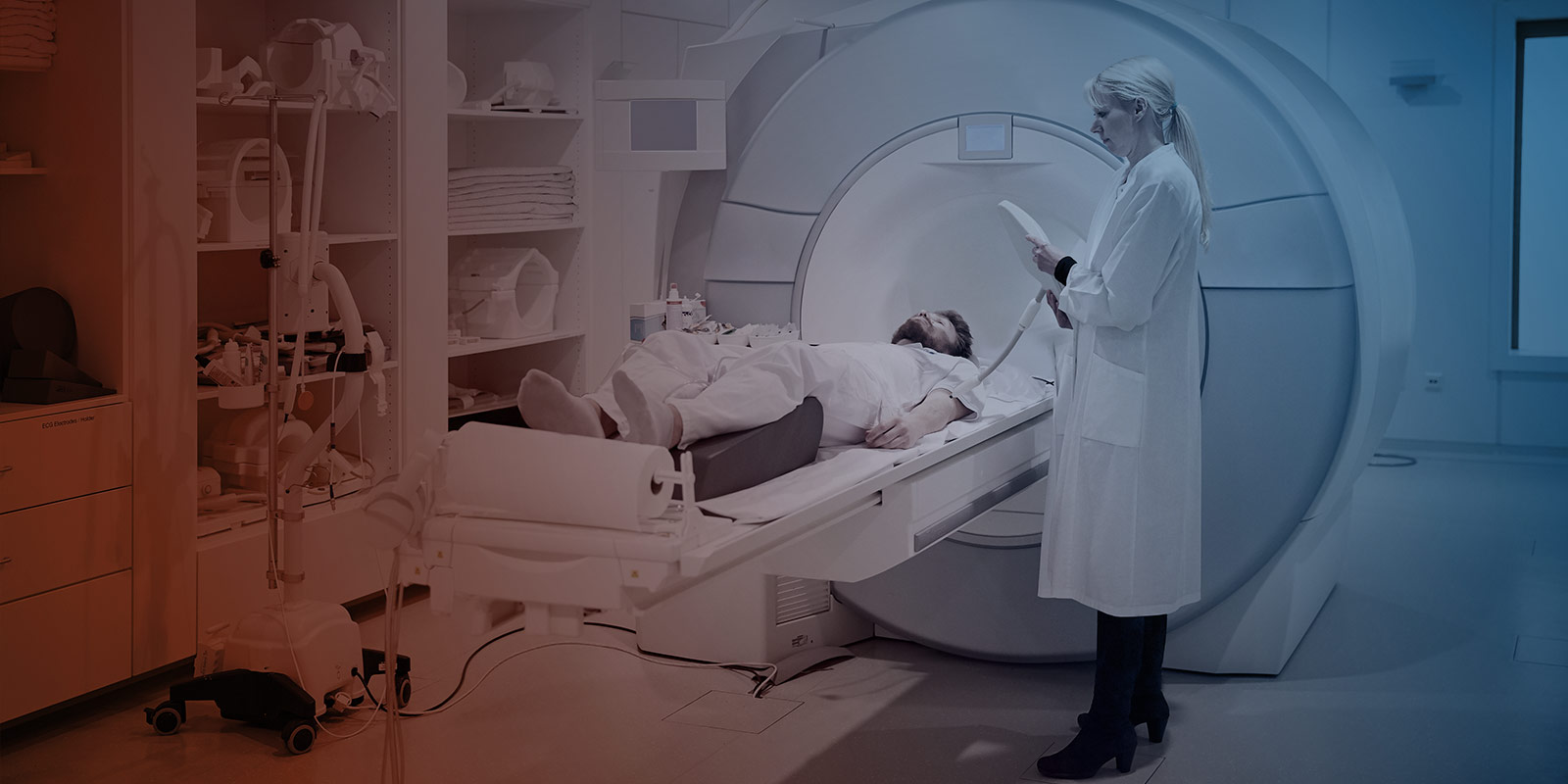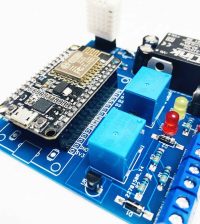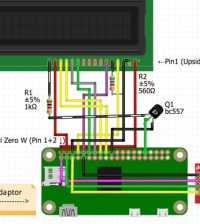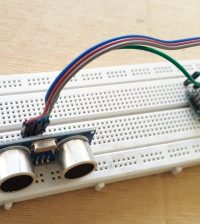- makeITcircular 2024 content launched – Part of Maker Faire Rome 2024Posted 2 weeks ago
- Application For Maker Faire Rome 2024: Deadline June 20thPosted 2 months ago
- Building a 3D Digital Clock with ArduinoPosted 7 months ago
- Creating a controller for Minecraft with realistic body movements using ArduinoPosted 7 months ago
- Snowflake with ArduinoPosted 8 months ago
- Holographic Christmas TreePosted 8 months ago
- Segstick: Build Your Own Self-Balancing Vehicle in Just 2 Days with ArduinoPosted 8 months ago
- ZSWatch: An Open-Source Smartwatch Project Based on the Zephyr Operating SystemPosted 9 months ago
- What is IoT and which devices to usePosted 9 months ago
- Maker Faire Rome Unveils Thrilling “Padel Smash Future” Pavilion for Sports EnthusiastsPosted 10 months ago
Open Source Imaging – to boost research and development of magnetic resonance imaging and other medical devices.
The Open Source Imaging Initiative (OSI²) represents a new approach to the development of medical imaging devices, aiming to make the health-care benefits of modern instruments accessible to many more people around the globe. The project will pool the knowledge and experience of many experts in open-source designs for Magnetic Resonance Imaging devices (MRI) which can be built and maintained for a fraction of the price of current instruments.
Medical Imaging is crucial to both the diagnosis and treatment of most diseases and progress in understanding their causes. MRI is currently the most powerful diagnostic imaging tool in medicine because it provides a detailed view of internal tissues without invasive procedures or damages to the body.
But globally, MRI is a scarce commodity – its cost and complexity restrict its availability mostly to industrialized countries and larger hospitals. We aim to develop an MR scanner that is affordable to build, operate, maintain and repair by providing full, freely available technical documentation that follows the standards of open-source hardware. In combination, innovation and the open-source philosophy have the potential to dramatically lower costs and take health care “From the community, to the community”.

On the projects page you can figure out how to contribute or just start using the tools made available so far through this outstanding initiative:
JEMRIS
JEMRIS is an extensible MRI simulation framework which provides an MRI sequence development and simulation environment for the MRI community. The development was driven by the desire to achieve generality of simulated 3D MRI experiments reflecting modern MRI systems hardware. The accompanying computational burden is overcome by means of parallel computing. Many aspects are covered which have not hitherto been simultaneously investigated in general MRI simulations such as parallel transmit and receive, important off-resonance effects, non-linear gradients, and arbitrary spatiotemporal parameter variations at different levels. The latter can be used to simulate various types of motion, for instance. The JEMRIS user interface is very simple to use but, nevertheless, it presents few limitations. MRI sequences with arbitrary waveforms and complex inter-dependent modules are modelled in a GUI-based environment requiring no further programming.
MARIE – Magnetic Resonance Integral Equation Suite
MARIE (MAgnetic Resonance Integral Equation suite) is a MATLAB-based open source prototype software for frequency domain fast electromagnetic (EM) analysis of MRI systems. This analysis includes the full-wave EM simulation of the coil design in the presence of the human body. The goal is to compute the port parameters at the operational frequency, and the detailed EM field distribution in the inhomogeneous body, in order to obtain relevant figures of merit such as B1+, B1- and local SAR maps.
COSI Measure
Cost effective open source imaging (COSI) is a collaborative initiative currently building an affordable low field open source MR scanner. COSI Measure is an open source multipurpose 3-axis robot, that can be equipped with field mapping probes for static or dynamic electromagnetic field measurements. It can be potentially upgraded to be used as a CNC, for 3D printing or other applications, that require reproducible submillimeter movements.
A strong aluminum frame and NEMA23 stepper motors (3NM holding torque) were used to support positioning the measurement system in safe distance to the magnetic field of an MRI, while being able to use sensor probes that cover the distance between the driver and the target. The system can be easily scaled to smaller volumes and lighter/cheaper materials (CAD files available).
Source: Open Source Imaging















